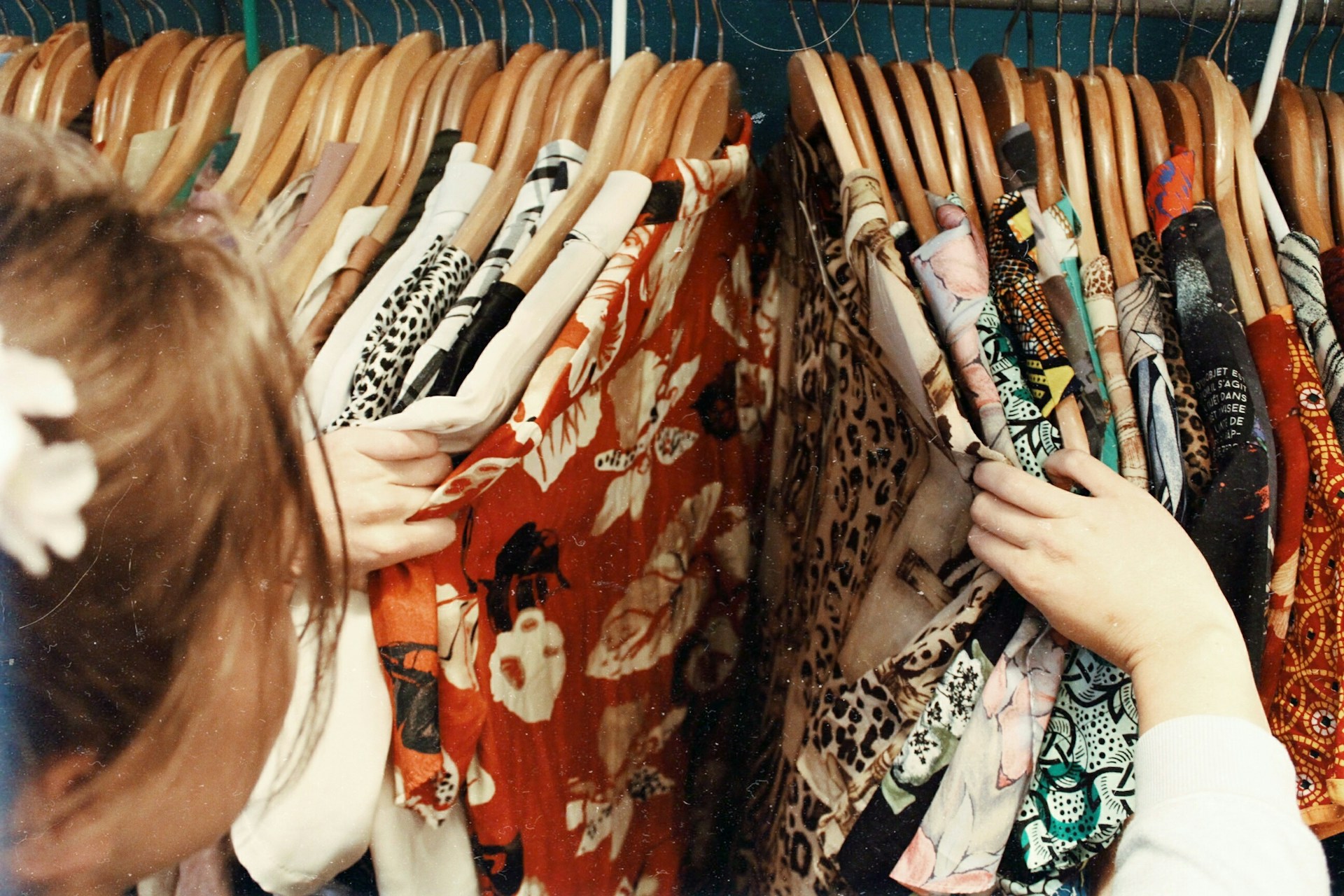As today’s consumers become increasingly conscious about the impact of their shopping habits on the globe, a new trend is emerging: the popularity of recommerce. “Recommerce” comes from “reverse commerce,” or selling previously owned goods.
Today, recommerce giants such as Depop, Ebay, and Facebook marketplace are witnessing a steady uptick in user engagement and activity. This trend is particularly significant, given that its primary drivers are younger consumers. Like with many trends driven by Millennial and Gen Z consumers, they give a reliable prediction of what the future of the market will look like.
Market Overview
The recommerce wave has surged with remarkable momentum, fundamentally reshaping the retail and commerce landscape. In the United States alone, the recommerce market has grown to an estimated worth of $188 billion in 2023, carving out a substantial 22% share of total merchandise sales. This figure shows that recommerce isn’t just a passing trend within the market, but a clear direction representing a shift in consumer behaviour and preference.
Projections indicate that the recommerce market is poised for continued growth, with a forecasted 10% increase in 2024 - soaring to an impressive $207 billion. When juxtaposed against the broader retail sector, which amassed a noteworthy $852 billion in sales in 2022, the magnitude of this growing market becomes apparent. Additionally, it's noteworthy to consider the recommerce sector's size relative to the clothing and accessories market, valued at approximately $312 billion in 2022.
Market Trends
Examining the recommerce market further, reveals just who is driving this trend: the purchasing power and preferences of younger generations, specifically Gen Z and Millennials.
According to a comprehensive report by eBay, a staggering 80% of Gen Z respondents and 78% of Millennials had engaged in purchasing pre-owned goods in the preceding year. Delving deeper into the motivations behind this trend unveils two primary drivers:
- A significant majority of buyers, accounting for 56%, cited cost savings as a compelling reason for embracing recommerce.
- An overwhelming 93% of surveyed individuals expressed that sustainability played a pivotal role in their decision-making process.
Key Players
There are various players catering to different niches within the recommerce market. The market can be broken down into 4 key categories:
- Generalist marketplaces like eBay, Etsy, and Facebook Marketplace, which offer a wide array of second-hand products across different verticals.
- Specialist marketplaces such as Poshmark, ThredUP, and Depop focus specifically on fashion and apparel.
- Managed recommerce entails websites which take on the task of brand verification process for every product, coupled with a diverse range of purchasing options, (e.g.: buy items outright, rent items in the short term, buy now, pay later, etc.)
- In-house recommendations enable brands to sell "preloved" items seamlessly through an extension of their website.
Implications for Retailers
The rise of recommerce carries significant implications for retailers, especially with young consumers heavily involved. Embracing recommerce not only predicts future market trends but also boosts brand loyalty by offering greener alternatives.
Businesses looking to pivot or expand their business model to meet this new market should begin by figuring out which key method of incorporating recommerce works best for them.
- Peer-to-peer marketplace integration: Simplifying the entry point for businesses, creating a dedicated section on their website for third-party sellers facilitates recommerce without direct involvement. This platform can allow the exchange of products from the brand or similar to those offered by the brand, easing the transition into recommerce.
- Implementation of in-house recycling programs: A strategic move for businesses to tap into the recommerce market involves making it easy for customers to return pre-loved items. These items can then undergo cleaning for resale or recycling.
- Patagonia stands as a compelling example of this approach, actively promoting the resale of used goods, providing in-store repair services, and offering free recycling drop-off services for clothing beyond repair, ensuring that they will be recycled in ways to avoid environmental damage.
- Collaboration with third-party recommerce retailers: For businesses lacking the resources or capability to establish their recommerce platform or recycling initiatives, partnering with third-party recommerce retailers presents a viable solution. This collaborative effort enables businesses to facilitate eco-friendly choices for their customers without the need for extensive infrastructure development.
- Adoption of buy-back programs: Often favoured by luxury retailers, the buy-back model involves businesses repurchasing used items directly from customers for resale purposes. In exchange, customers typically receive store credit, fostering increased customer retention.
Conclusion
In conclusion, recommerce isn't merely a passing fad; it's a transformative force reshaping the retail landscape in profound ways. Its exponential growth, driven by the preferences of younger generations and a growing concern for sustainability, underscores its significance as a defining trend of the modern era.
For businesses looking to capitalise on the growing resale market, stay ahead of competition, or build a business which is striving for true sustainability, incorporating recommerce into their business model is crucial. However, like with any pivot within strategy, this comes with the need for changes to your online platform, updating your CMS and changing admin workflow. This is often a hurdle in itself.
However, innovative solutions can help you find the right tech talent when and where you need them to update your offering and website with more ease. At Deazy, we do just that. Our developer network, made up of 85+ teams across Europe, an in-house delivery team with decades of experience and our unique testing algorithm powered by Geektastic, allows us to help find the tech support that your business needs.
